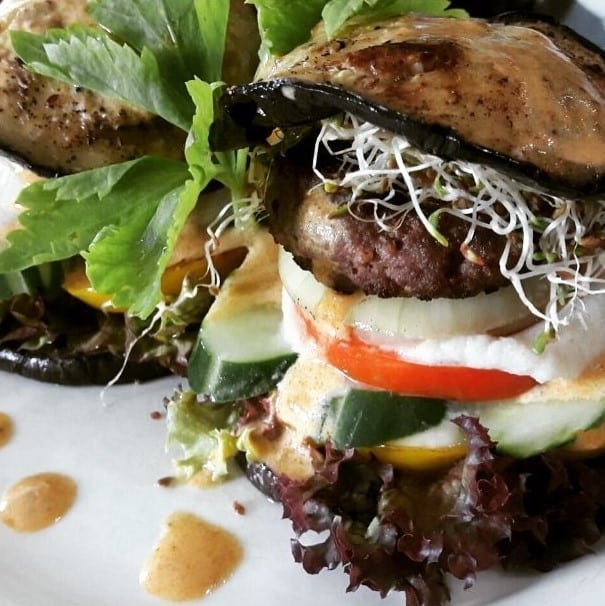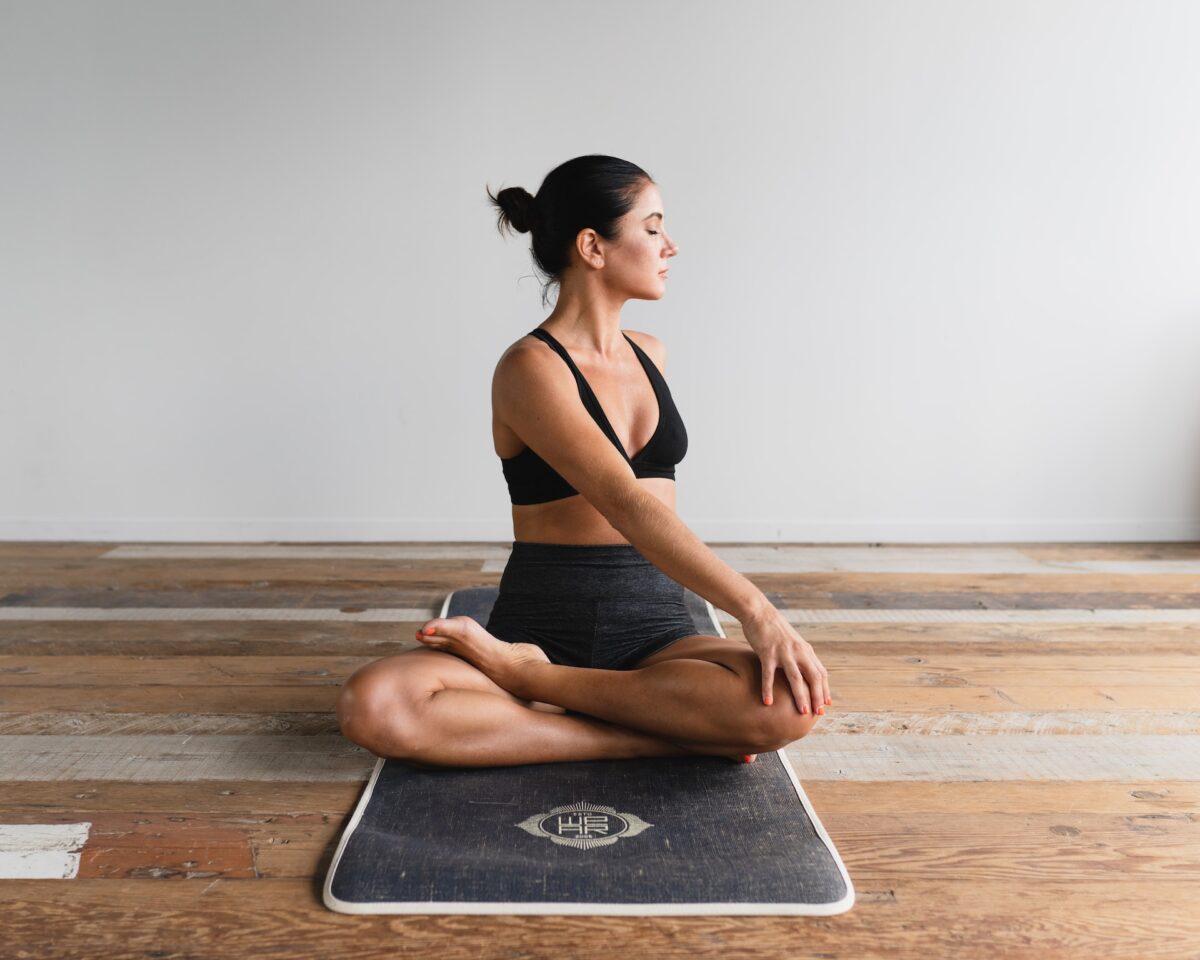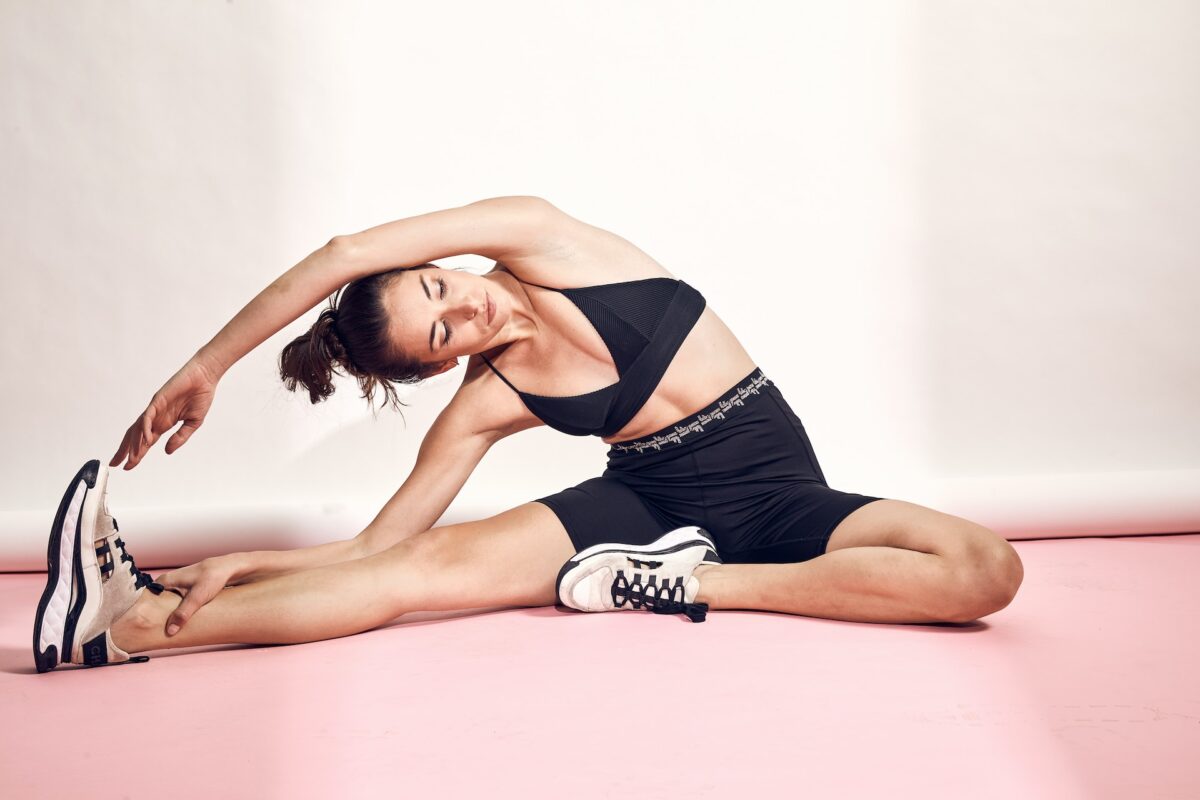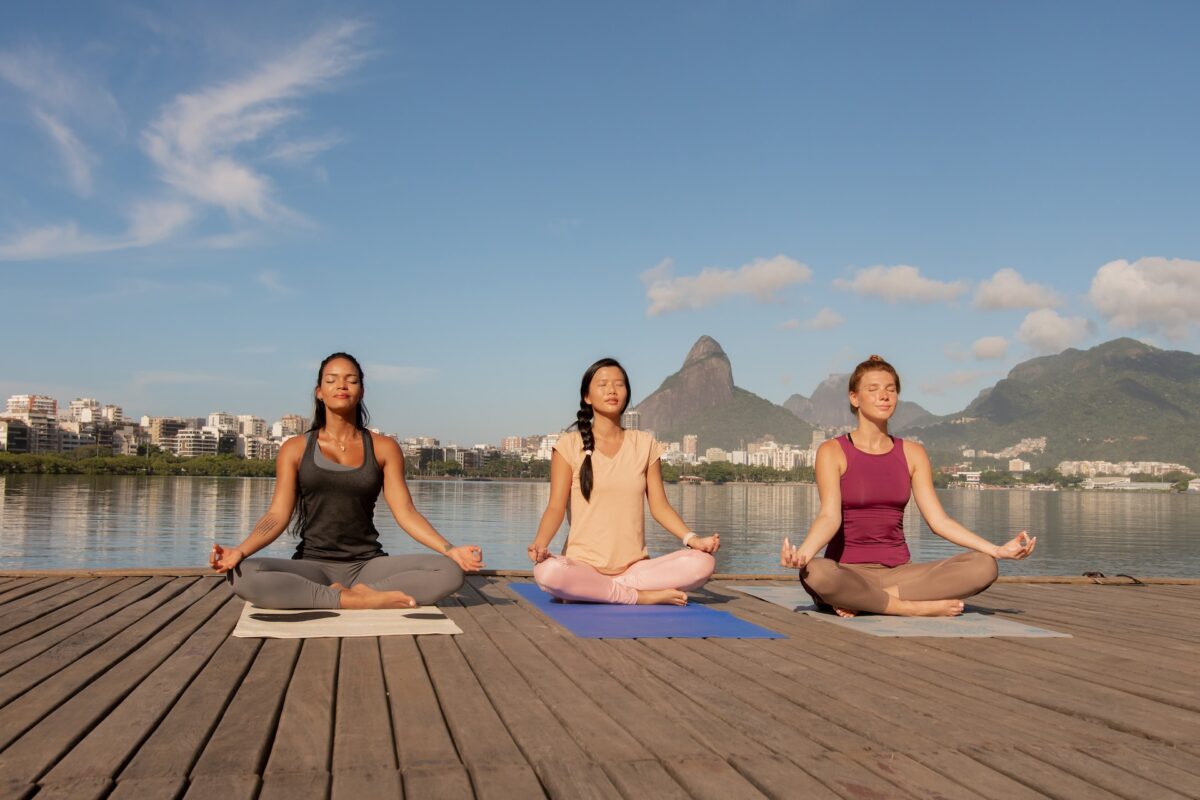Paleo Cooking: How You Cook Matters To Your Body As Much As What You Eat
![]()
You will learn a lot about what it means to be paleo here, from what you eat to when, how, and why you are eating it. Paleo refers to the paleolithic period in history, a prehistoric era where early humans (hunter gatherers) resided. The Paleo diet itself is based on eating both minimally processed foods that were consumed by our hunter gatherer ancestors, as well as on proven scientific principles indicating what we are best adapted to consume. The diet emphasizes high quality proteins, fats, and vegetables while minimizing processed foods, starchy carbohydrates, and sugars.
A modern paleo diet takes all of this into account to make sure you are consuming each type of food at its most nutritious levels, so you get the most bang for your buck out of every bite you put into your mouth.
Paleo eating principles also include taking into account how each dish is cooked as well. Think about how you normally like to cook. Is it raw? Is it charred? Do you like your steak medium rare? You may have heard that overcooked vegetables lack nutrition, or that heating up oils and proteins can change their molecular structure, often damaging the proteins if you are not careful. And every oil has a different smoke point, too.
A modern paleo diet takes all of this into account to make sure you are consuming each type of food at its most nutritious levels, so you get the most bang for your buck out of every bite you put into your mouth.
Our diet and food prep program optimises macronutrient ratios for each guest while maximizing our consumption of vitamins, minerals, antioxidants and phytonutrients, which allows for safe and fast weight loss at the same time.
Paleo Do’s:
1) Source your foods wisely: grass fed meats, pasture raised eggs, organic vegetables, quality fats, heat stable cooking fats, and so on – we manage all of this for you with our team of awesome chefs, but teach you how to do it on your own kitchen!
2) Know your healthy omega-3 fats. Memorize which fats are heat stable and cook only with those. With the others, you can still have them – just use them unheated as a nice salad dressing or sauce.
3) Generally speaking, cook gently. Cook less time and at lower temperatures. Meat roasted in the oven at a lower temperature than you are used to, or in a slow cooker or pressure cooker, is simply delicious. Barely steam your vegetables, and they’ll still taste fresh and a bit crisp. Yum!
Paleo Don’ts:
1) Don’t ever char, crisp, or overcook your food. It damages those healthy proteins and fats you spent extra money on, at best making them less nutrition and at worst making them carcinogenic.
2) Most restaurants unfortunately use terrible, toxic, and non heat stable cooking oils like vegetable and canola oil. Reducing the amount you eat out is one of the simplest ways to detox, but if you want to go out for the social aspect, consider a big salad with a protein on top, or ordering multiple sides of veggies to go with a meat dish instead of fries. Some people even bring their own oil and salt with them when they travel.
3) Add salt and remove sugar! On Paleo, salt (sea salt or himalayan salt) and fat (healthy, saturated, omega-3 fats) are no longer bad words. They are great for your body and while on retreat you will learn the right amounts and ratios to use as your body adjusts to running on fat for fuel.
All this said, there’s really nothing like trying it for yourself to see how you feel. There’s usually a short adjustment period before you feel amazing, clean, and higher energy than you’ve felt in years.










